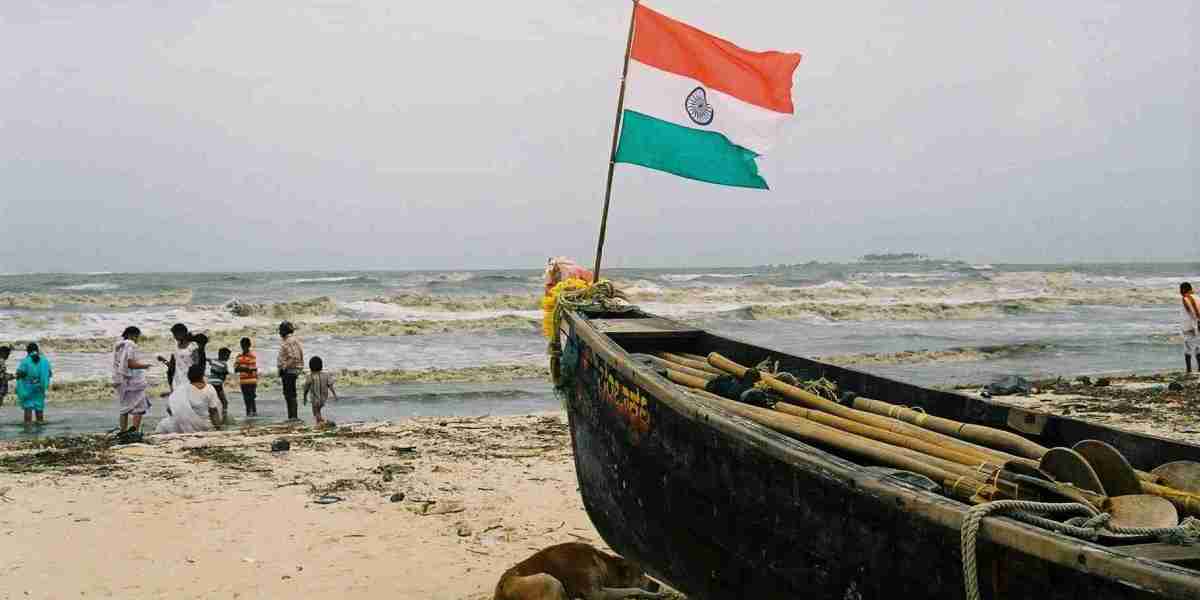India’s maritime outlook has significantly expanded in recent years, with growing emphasis on strategic zones beyond its immediate coastline. The Indian Ocean, once considered a passive trade route, is now at the center of India’s foreign and security policy. Central to this is the idea of Indian Ocean diplomacy, which aims to build strong partnerships, ensure freedom of navigation, and maintain a stable maritime environment across critical regions.
Strategic Importance of the Western Indian Ocean
One of the most crucial zones in this framework is the Western Indian Ocean region. Stretching from the eastern coast of Africa to the Arabian Peninsula, this area is a vital conduit for global energy trade and strategic maritime routes. For India, maintaining a presence and influence here is no longer optional—it is essential. The growing footprints of China and the increased volatility due to piracy and regional conflicts have further raised the strategic stakes.
India’s Approach: Balancing Security and Partnerships
India has intensified its naval diplomacy and defense cooperation in this part of the ocean. Through initiatives like SAGAR (Security and Growth for All in the Region), India aims to build maritime partnerships, assist in capacity-building, and provide humanitarian support during crises. Collaborative patrols, port development assistance, and naval exercises with countries like Seychelles, Mauritius, and Madagascar are part of India’s expanding efforts. These actions form the operational core of Indian Ocean diplomacy, enhancing India’s role as a maritime security provider.
Maritime Challenges and Geopolitical Competition
The Western Indian Ocean region is becoming a hotspot of geopolitical rivalry, marked by increasing military deployments, maritime insecurity, and political instability. This region faces multifaceted challenges—ranging from piracy along the Horn of Africa and the smuggling of arms and narcotics, to ongoing conflicts in Yemen and parts of East Africa. These issues directly threaten freedom of navigation and the security of sea lines of communication (SLOCs) that are vital for India's trade and energy imports.
Adding to this complexity is the growing presence of extra-regional powers. China has significantly increased its naval activity in the area, including the establishment of a military base in Djibouti and expanded port access across Africa and the Middle East. The United States, France, and other European powers also maintain strategic outposts, contributing to an evolving power contest. For India, maintaining strategic autonomy while ensuring its interests are protected requires a careful balancing act.
Conclusion
As the Indo-Pacific continues to evolve into a major theatre of global geopolitics, India’s focus on the Western Indian Ocean region reflects a necessary and strategic recalibration of its maritime doctrine. Alongside this, Indian Ocean diplomacy will play a central role in shaping regional security, fostering collaboration, and ensuring India’s position as a responsible maritime power. By prioritizing engagement, partnerships, and presence, India is laying the groundwork for a secure and influential future in the Indian Ocean.




